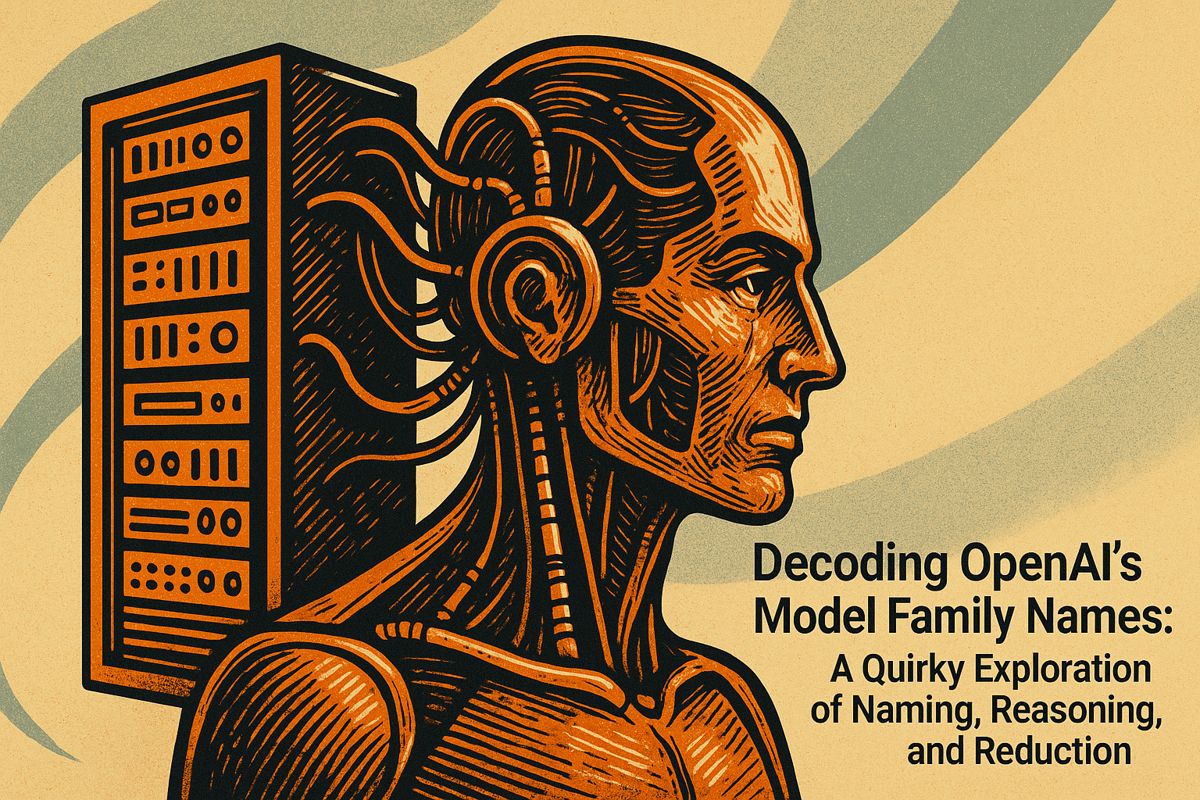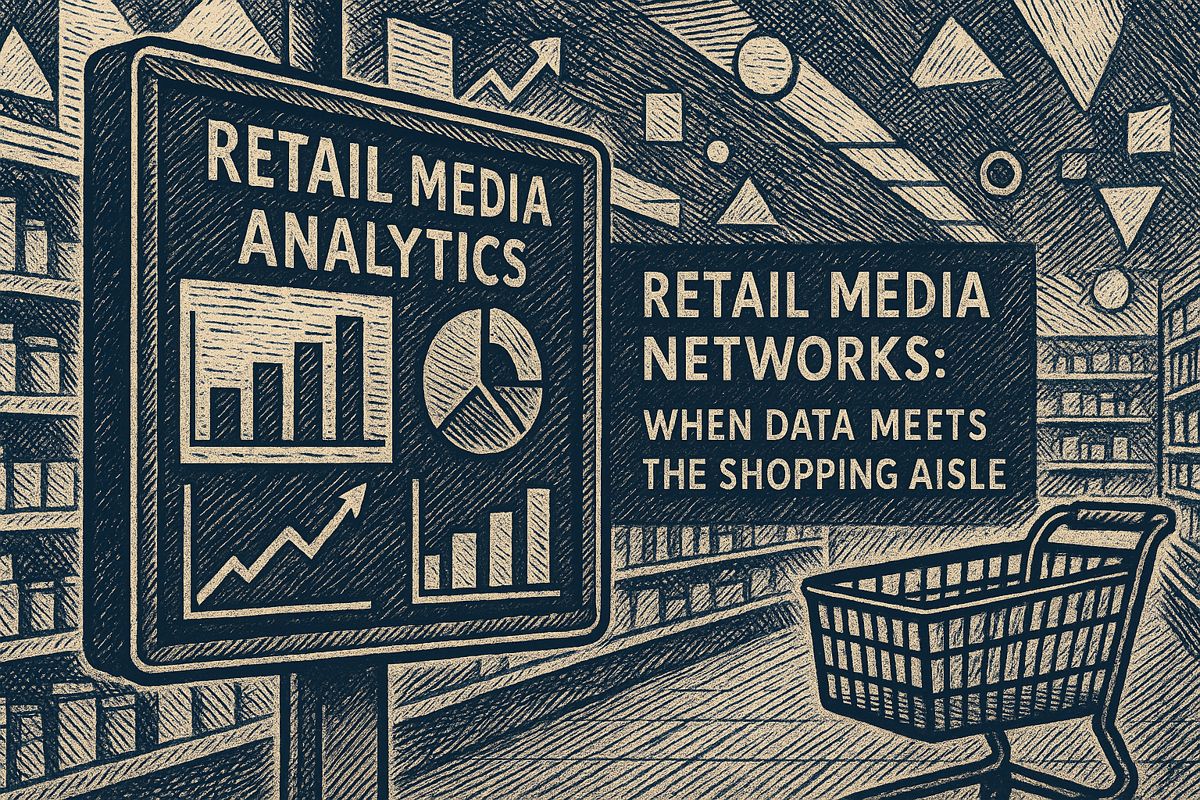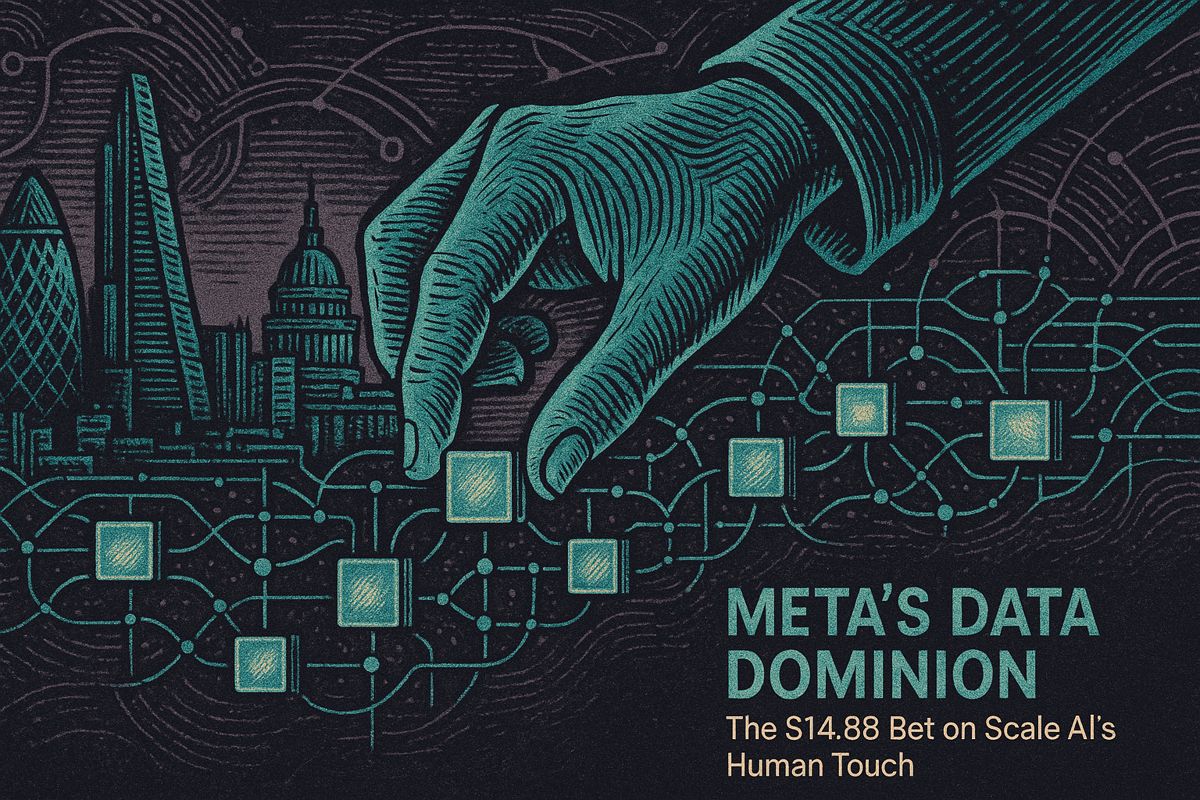Here’s the text with the most important phrase emphasized in markdown bold:
In the rapidly evolving world of customer experience, AI is set to transform how businesses interact with customers by 2025. Companies are increasingly focusing on predictive support, personalized interactions, and seamless communication across multiple channels. The Zendesk report reveals that 80% of businesses plan to deploy AI in customer service, with 74% of executives believing it will fundamentally reshape customer experiences. Customers now crave fluid, conversational interactions that prioritize their dignity and minimize friction. The future of customer experience lies in technology that melts into the background, creating intuitive, human-centered support that feels effortless and personal.
What Are the Key Customer Experience Trends for 2025?
By 2025, 80% of companies will deploy AI in customer service, with 74% of executives expecting AI to fundamentally reshape customer experience. The focus is on predictive support, AI chatbots, and personalized interactions that prioritize customer dignity and seamless communication across multiple channels.
Sometimes, you crack open a research report and spot your own reflection staring back. That was me, coffee in hand, poring over Zendesk’s latest global Customer Experience Trends analysis. It covered 10,000 businesses and consumers, dissected across 22 countries – a data tapestry broad enough to make even McKinsey blush. My mind wandered back to my early SaaS startup days, when “customer experience” looked like juggling three browser tabs, a half-dead phone, and a Wi-Fi signal as frail as a soap bubble.
There’s a funny déjà vu in these findings, even if the landscape feels transformed by AI and all its shimmering promises. In those days, every support conversation was a fresh lesson – occasionally a facepalm, more often a sweaty-palmed improvisation. Now, companies wield data and automation instead of sheer pluck. But does slicker tech guarantee a better experience, or just a faster one? I can’t help but wonder.
Diving into specifics, Zendesk’s study boasts some heavyweight stats. The survey covered over 10,000 respondents, both businesses and consumers, spanning 22 countries. It leans on Zendesk Benchmark data, with insights drawn from about 99,000 organizations. These are numbers with muscle, not just a handful of anecdotes.
The Numbers Speak (And Sometimes, They Shout)
Let’s sift through the cold, crunchy facts. According to Zendesk, 61% of customers now crave immersive, fluid engagements – the sort that glide like a kayak over placid water. Meanwhile, 71% yearn for interactions that are conversational, unscripted, maybe even a little messy. Is it too much to ask for a support agent who sounds more like a barista and less like an IVR menu?
The report’s findings land with weight: by 2025, 80% of companies plan to deploy AI in customer service. That’s a tidal shift, not a trickle. About 74% of executives expect AI to fundamentally reshape their approach to customer experience – a phrase that tickles my inner skeptic. Still, it’s hard to argue with the direction: predictive support, AI chatbots that know your story before you repeat it, and recommendations so tailored they feel almost clairvoyant. I remember plugging in my first chatbot plugin, only to watch it garble simple requests. My embarrassment was palpable – but even then, the instant response charmed some customers.
Omnichannel support comes up again and again. Zendesk’s data is blunt: over half of customers will ghost a brand after a single bad experience. Not “after three strikes,” but one. Loyalty, it seems, is as fragile as spun sugar. Companies like Shopify and WhatsApp illustrate what’s possible when channels blend and context isn’t lost at the handoff. Nobody enjoys repeating themselves, especially when the clock is ticking and tempers are frayed.
Behind The Buzzwords: Real Stakes, Real People
So, what does it all mean for the bottom line? The report doesn’t mince words: 64% of business leaders connect customer experience directly to growth, while 60% say it impacts retention and revenue. The math is simple – invest in CX, and you’ll reap more than just happy customers. I’ll admit, there was a time I rolled my eyes at CX as a “feel-good” metric. But by the third quarter, when our customer churn rate nosedived, I had to eat my words. Humbled, but wiser.
Zendesk’s findings also shine a light on conversational commerce – that subtle blending of support and sales, where you message a company about a problem and end up being offered an upgrade or a discount in the same chat. The lines between “help” and “sell” are blurring, like watercolor paints running together on damp paper. It’s a model that treats the customer as a partner, not a ticket number.
The pandemic, of course, pulled this future closer at breakneck speed. Companies that tiptoed into AI and omnichannel before 2020 found themselves sprinting. Those who hesitated, well… let’s just say the numbers don’t lie. Customers are less forgiving than ever, and second chances are a rare breed.
The Heartbeat Beneath The Data
All these stats and trends – they’re important. But behind every escalation ticket, every chatbot misfire, there’s a real person. A frustrated sigh. The smell of burnt coffee as you wait on hold, again. For all the talk about seamless, AI-powered, omnichannel CX, the goal isn’t just efficiency. It’s dignity. Making people feel heard, not herded through a digital maze.
I’m reminded, sometimes painfully, that technology should melt into the background, letting the human shine through. That’s the real prize. The future of customer experience isn’t a sci-fi fantasy; it’s the invisible hand guiding you to the right answer, without making you jump through hoops or listen to six minutes of smooth jazz hold music.
So, where does it all lead? Perhaps to a world where companies like Zendesk and Shopify don’t just set the benchmark, but redefine how we think about connection. Or maybe I’m being too optimistic… but the numbers, and my own hard-won lessons, whisper that we’re closer than we think.
Ah, if only every chatbot could pour a decent cup of coffee.



















